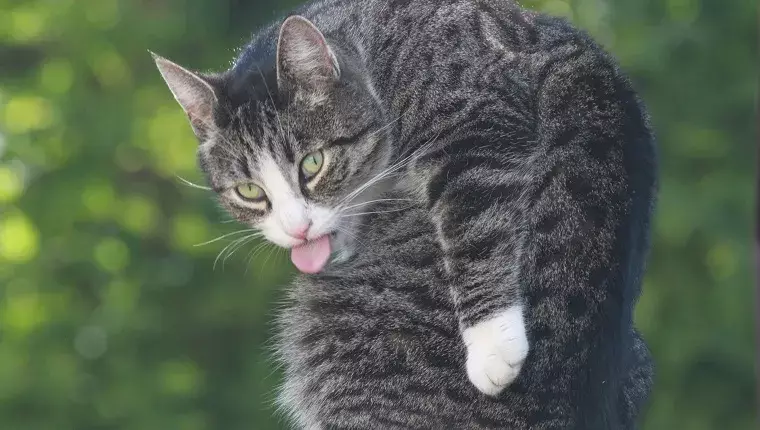Cats are often celebrated for their meticulous grooming habits. An integral part of their daily routine, cats will devote approximately half of their waking hours to maintaining their fur. This behavior is not merely a ritual; it serves multiple purposes, including temperature regulation, stress relief, and the removal of dirt and debris. However, when a cat suddenly ceases to groom themselves, it raises an alarm for concerned pet owners. Such a change in behavior can be indicative of underlying health issues that require immediate attention. In this article, we will explore the potential reasons behind a cat’s refusal to self-groom and what steps owners should take.
How can you tell if your cat is neglecting their grooming habits? Signs of inadequate grooming can manifest in several ways. You might notice that their fur appears matted, greasy, or disheveled, betraying their usual pristine appearance. Additionally, leftover food particles might linger on their face, and litter could accumulate on their paws, suggesting they have not cleaned themselves thoroughly. An unpleasant odor, especially around their backside, may also indicate that your cat is unable to maintain proper hygiene.
As a cat owner, you are familiar with your pet’s grooming patterns. A dramatic decrease in grooming frequency is often a signal that something is amiss. Hence, attentive observation plays a vital role in addressing the issue.
One of the primary reasons a cat may stop self-grooming is pain. Cats are usually adept at concealing discomfort, making it a challenge for owners to identify the issue early on. Pain can stem from various sources, including arthritis, injuries, or other medical conditions that limit mobility. Older cats, especially those aged eight years and above, are particularly susceptible to age-related ailments that can affect their movements and, consequently, their grooming habits.
If you notice your cat showing signs of discomfort, such as limping or a reluctance to jump or play, it is crucial to consult your veterinarian. A simple examination can help identify the problem, and appropriate treatment options may restore your cat’s ability to groom themselves.
Dental issues can also inhibit a cat’s grooming habits. If a cat is experiencing pain from dental disease or other mouth-related problems, they may avoid grooming, as the discomfort makes the act of licking their fur unbearable. Symptoms such as drooling, reluctance to eat, or bad breath can accompany these dental issues, necessitating a visit to the veterinarian. A thorough dental check-up can provide insights and potential treatment options, ensuring that your cat returns to their usual grooming regimen.
Obesity in cats can present significant challenges for self-grooming. An overweight cat may struggle to reach certain areas of its body due to limited flexibility, leading to unkempt fur and potential health risks. If your cat falls into the overweight category, it’s essential to intervene. Your veterinarian can help create a tailored diet and exercise plan to promote weight loss. During this transition, regular brushing can assist in maintaining your cat’s coat and reinforce a grooming routine.
Another key concern for cat owners is the grooming of specific areas, such as around the backside. This is particularly true for long-haired breeds that are more prone to tangles and mats. When a cat struggles to reach these regions, it can lead to hygiene issues and infections if left unaddressed. Owners should refrain from attempting to cut matted fur themselves, as this poses a risk of injury. Instead, scheduling a grooming appointment at a professional facility is recommended.
If you observe changes in your cat’s grooming behavior, the best course of action is to consult a veterinarian promptly. Neglecting grooming can be a symptom of a more severe underlying health issue, warranting professional evaluation. Once the cause is identified and addressed, your vet may suggest re-establishing a grooming routine—ones that you can help with daily. Many cats enjoy being brushed, making this task a fantastic opportunity to enhance your bond with your feline friend.
A cat’s grooming habits can reveal much about their health and well-being. By paying attention to changes in their grooming routine and seeking timely veterinary advice, pet owners can ensure their cats remain healthy and happy. Always remember, your observation and intervention can significantly affect your cat’s life, and when in doubt, a trip to the vet is always the best solution.
